Selecting a car color is more than just a matter of taste; it’s a very personal choice that reflects your character, way of life, and functional needs. The color of your car may say a lot about you as a person and even about the ideals of the society in the United States, where it is common to celebrate individual expression. The following article explores the meaning of vehicle colors, highlighting the 2024 trends, their underlying connotations, and how these preferences relate to the characteristics and lives of its drivers.
In addition, in a time when an individual’s decisions might be seen differently based on their visual depiction, the color of your car can also be a subliminal indicator of your taste and social standing. People frequently form opinions about a car based on its color, whether consciously or unconsciously, linking particular colors to particular traits. Drivers may choose cars that not only fit their taste but also reflect their identity and practical demands by knowing the most popular vehicle colors of 2024 and the meanings attached to them. This tour into the vibrant world of cars will help you select a color that both matches your driving preferences and perfectly captures your individuality.
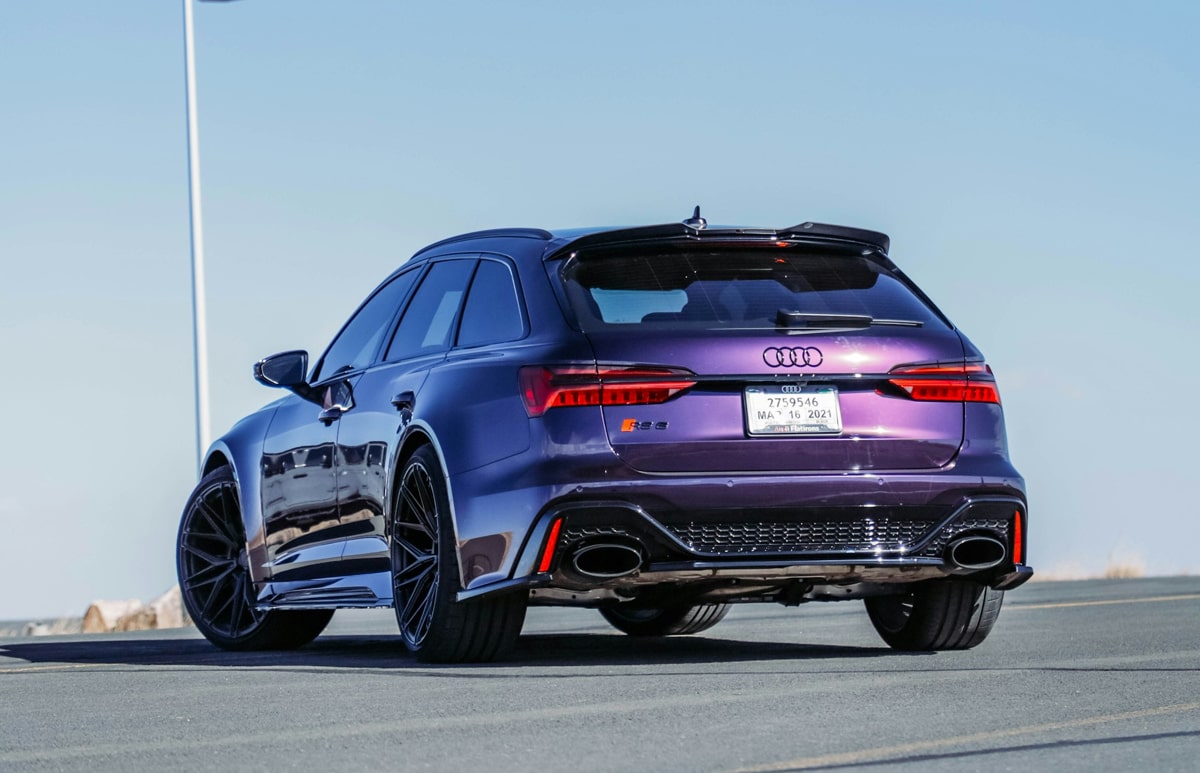
Your personal preferences and personality are often subtly reflected in the color of the car. The vehicle you drive becomes a statement about you rather than merely a means of transportation since each color has a unique meaning associated with it. This section looks into the underlying significance of the 2024 most popular automobile colors, shedding light on what your selection may say about you.
White – The Epitome of Elegance and Simplicity As the most popular automotive color, white remains the undisputed winner. Its classic and neutral look goes well with contemporary car designs, making it a popular for many different kinds of vehicles. White automobile buyers frequently value order and purity in their life, as well as simplicity and a clean look.
Gray – The Understated Contemporary Gray, like white, offers a touch of modernism while maintaining a neutral tone that accentuates an automobile’s inherent beauty. Several drivers who want little maintenance without losing appearance will find it to be a sensible option because it also does a wonderful job of disguising dirt. People who want to convey their intelligence in a subtle way frequently go with gray.
Black – The Definition of Sophistication Black projects a strong and opulent presence and radiates refinement and elegance. It’s a timeless hue that looks good on middle-class vehicles as well as expensive luxury ones, appealing to people who want to project mystery and authority. Selecting black communicates a love of better things and a desire for classic elegance.
Blue – The Trustworthy Choice The color blue stands for stability and pragmatism. It is frequently linked to reliability and serenity. Blue vehicle owners are seen as honest, dependable, and trustworthy. They are frequently praised for their cool-headedness and composure in both their personal and professional life.
Silver – The Future-Oriented Professional Silver has a business-minded, tech-forward tone and is frequently used interchangeably with light gray. Because of its modern appearance and useful features including its capacity to conceal scratches and grime, it’s a well-liked option. People that value innovation and modernism tend to choose silver.
Red – Vibrant and Full of Life Red is a color of activity, passion, and energy. Drivers that are bold, ambitious, and unafraid to stand out and display their energy tend to choose this vivid color. Red may represent a person’s vitality and enthusiasm for life.
Green – The Color of Tranquility and Growth The diverse meaning of green ranges from peacefulness to vigor to jealousy. It is distinct among automotive colors since it is not as popular a choice. Green vehicle owners may have a calm, upbeat disposition and a strong bond with the natural world.
Yellow – Sunshine on Wheels Yellow is the happiest and brightest hue on the spectrum; it represents pleasure and optimism. It is frequently chosen by happy people with a bright mood and an optimistic attitude on life. On the road, yellow automobiles may be a source of joy.
Orange – Bold and Adventurous This striking hue conveys coziness and happiness. People who drive orange cars are often perceived as vibrant, unique, and frequently daring people who love to stand out and show off their enthusiasm for life.
Purple – The Royal Standout People who have purple cars are frequently perceived as having a regal demeanor and are linked to ambition, independence, and pride. This color, which is less popular, conveys a desire to stand out and make a strong statement about oneself.
Pink – Playful and Positive Pink is a lively and joyful hue that’s frequently linked to positive and upbeat personalities. Pink car owners are perceived as personable and amiable, often associated with a carefree, upbeat demeanor and a young energy.
Every color you choose for your car not only improves its visual appeal but also conveys information about your personality and worldview. Selecting a color for your vehicle becomes an expression of who you are, quietly expressing your sense of style and individuality.
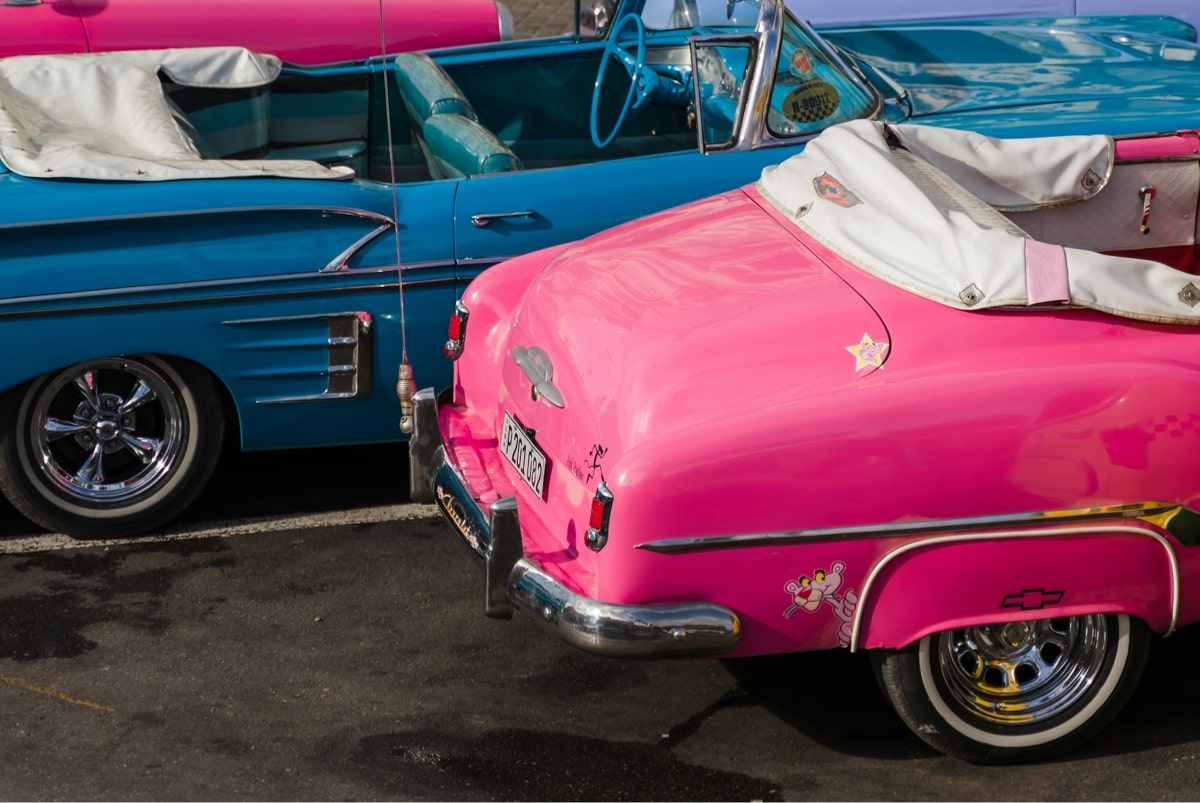
As we travel through 2024, American car color trends are still changing, reflecting customer preferences for both substance and flair. The most popular automobile colors in the country are examined in this part, along with the data and factors that contribute to their appeal. Find out how customer preferences and current developments in car design are reflected in these preferred colors.
White – The Undisputed Leader
White cars: 23.9%. White is the most popular automobile color in America. Beyond its crisp, minimalist appearance, white also offers useful properties like less solar heat absorption. The appeal of this color is shown in a wide range of vehicle types, from luxury automobiles to affordable versions, where it highlights sleekness and modernity.
Black – Timeless and Elegant
Black cars: 23.2%. Black is still very close behind, with its air of sophistication and power. Black is a popular color choice among drivers due to its sophisticated appearance and ability to add an air of luxury and expensiveness to any vehicle type. Whether it’s on family sedans or sports vehicles, it’s a timeless classic.
Gray – The Practical Choice
Gray cars: 15.5%. Compared to lighter hues, gray is a practical and stylish alternative that is better at hiding dirt and imperfections. Those who like a color that combines refinement with everyday usefulness are drawn to its subtle grace.
Silver – Tech-Savvy and Sleek
Silver cars: 14.5%. Silver is favored because of its sleek, contemporary appearance. The shade is particularly well-liked by tech fans and in the corporate world since it conveys a sleek, futuristic look that goes well with the newest car models.
Red – Bold and Enthusiastic
Red cars: 10.3%. Red is a striking color that conveys passion and vigor. People who want to make a statement with their car and exude confidence and an adventurous spirit frequently choose it.
Blue – Dependable and Calm
Blue cars: 9.0%. People that value consistency and dependability tend to choose blue since it is seen as a stable and reliable shade. Because of its calming characteristics, it’s a popular hue for family cars.
Brown – Earthy and Unique
Brown cars: 1.4%. Brown has a niche appeal for people looking for a distinctive yet subdued car color that goes well with natural environments, even if it may not be as popular as the leading hues.
Green – Rare but Meaningful
Green cars: 0.7%. In the automobile market, green is somewhat uncommon and is frequently preferred by those who identify it with peace and nature. It’s a color that has deeper meaning and is distinctive.
Beige – Subtle and Soft
Beige cars: 0.4%. The smooth, neutral color of beige appeals to drivers who want their car to be as simple and minimalistic as possible.
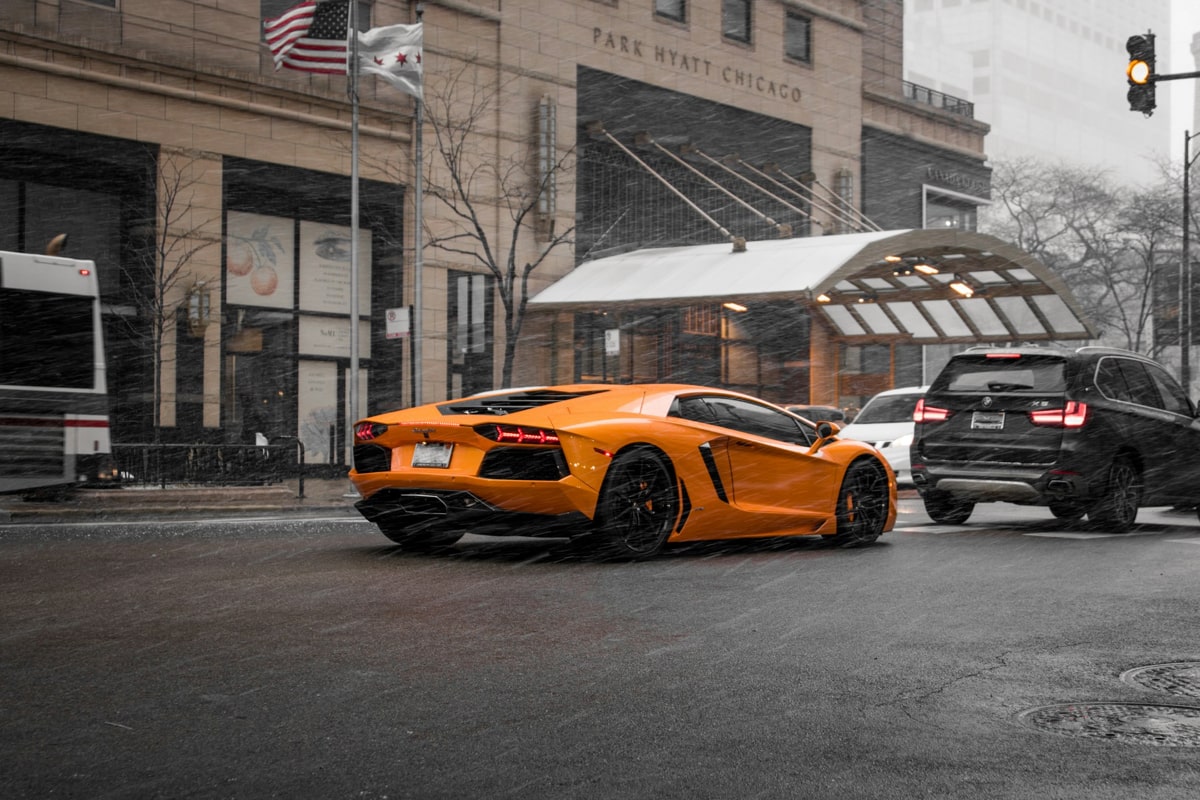
Orange cars: 0.4%. Orange is a color that isn’t commonly picked, yet it exudes energy and passion. People that like to stand out from the crowd and make a strong personal statement usually like it.
Luxury Segment Dominance by White It’s interesting to note that white dominates the premium market in addition to being popular for standard cars. With almost one-third of all new luxury automobiles on the road, white pearl and metallic white are popular colors for luxury cars. White tones are still in high demand, and it’s expected that bone-colored tints and creamy ivory colors will keep becoming popular in the car industry.
This analysis not only reveals the wide range of automobile color preferences among American buyers, but it also sheds light on the more profound connotations and pragmatic considerations that underlie these decisions. Every hue has a place in the 2024 auto industry, whether it is the timeless allure of black and white or the distinctive allure of orange and green.
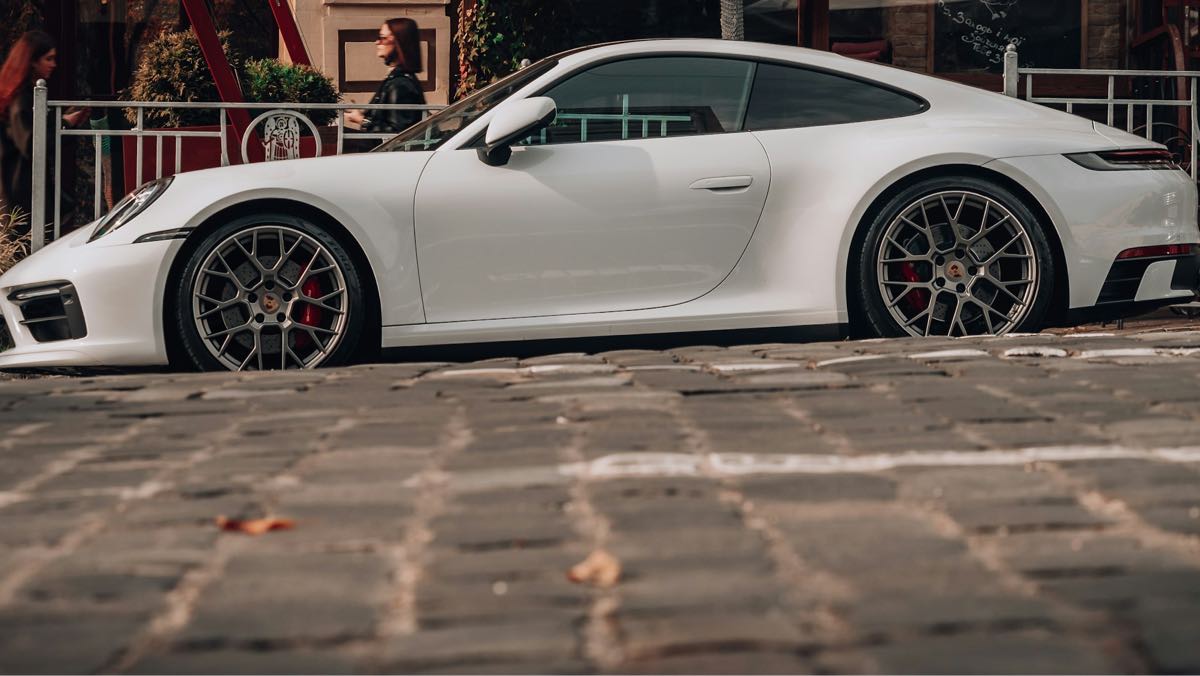
Light-colored cars are preferred for their practical benefits as well as their aesthetic appeal, especially those in tones of white and silver. The main advantages of choosing lighter automobile colors are discussed in this section. These advantages go beyond aesthetics and provide real benefits in terms of comfort and safety. A clear understanding of these benefits can help customers make selections that suit their personal preferences and local climate.
Cooler Interior Silver and white are examples of light-colored automobile exteriors that reflect sunlight better than darker hues. This reflection keeps the car’s interior cooler, which is especially useful in hotter weather. Less need for air conditioning implies a colder interior, which may improve fuel economy and reduce emissions.
Visibility and Safety In low light, as at twilight or morning, light hues, like silver and white, are easier to see on the road. By increasing the vehicle’s visibility to other drivers and perhaps lowering the likelihood of accidents, this improved visibility can improve safety.
Classic Appeal Light-colored automobiles frequently have a classic appeal, giving off an air of refinement, minimalism, and cleanliness. Unlike fads or trendy hues, these colors stay in style throughout time and are less likely to go out of fashion. Furthermore, lighter hues like silver and white can better conceal little flaws and dust than darker ones, keeping the vehicle looking cleaner and more attractive in between washes.
Light-colored automobiles continue to be a popular option among drivers due to the combination of practical benefits and aesthetic preferences offered by each of these advantages. Light-colored cars have strong arguments for their choosing that go beyond aesthetics, such as lower heat absorption, improved safety, or classic appeal.
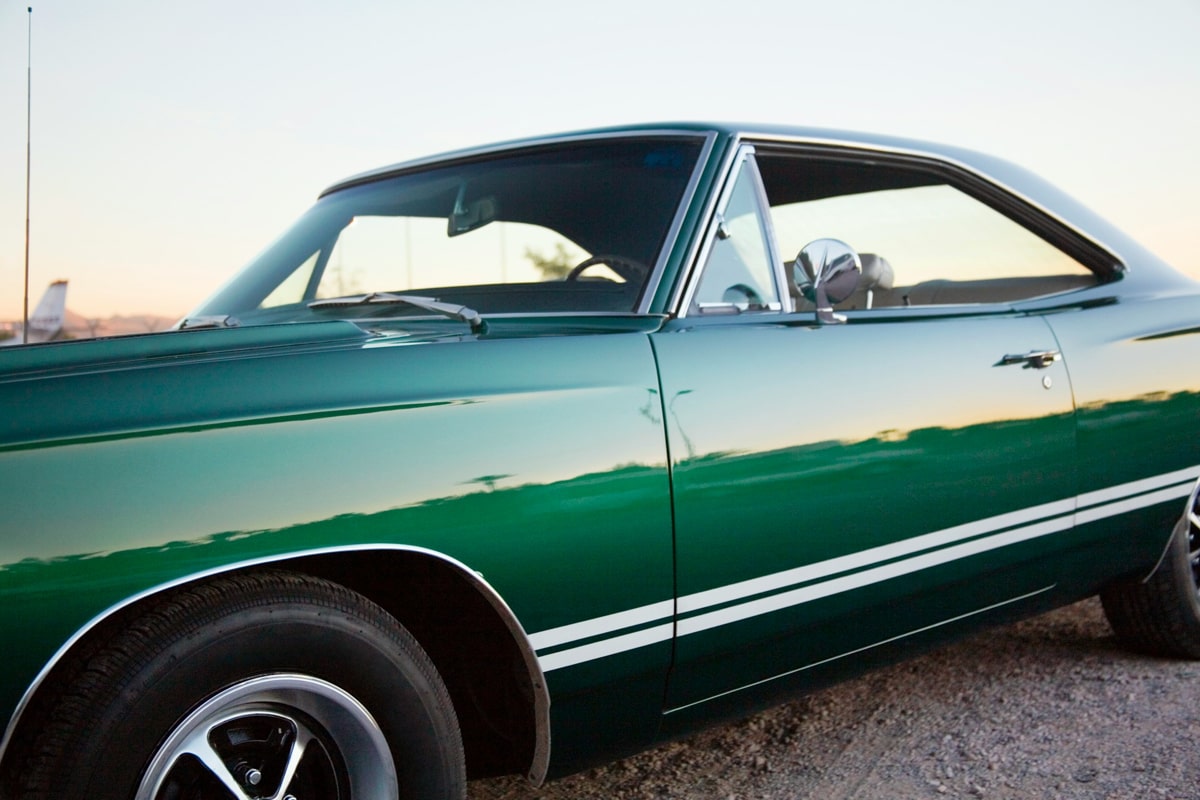
Many automobile purchasers find that dark-colored vehicles, especially those in tones of gray and black, have an innate beauty. These hues are in style not only because of their elegant look but also because they have useful properties that raise their worth. We examine the practical benefits and aesthetic appeal of dark-colored automobiles in this extended conversation, which explores why people still choose them.
Elegance and Sophistication Dark hues like dark gray, navy blue, and black are frequently connected to status and wealth. Dark vehicle colors are popular among business executives and those who want to project refinement since they might be seen as serious and professional choices. These hues’ rich, deep tones make the ideal background for emphasizing an automobile’s streamlined lines and other design features, which improves the vehicle’s overall appearance and allure.
High Resale Value When it comes to automotive values, dark colors—especially black—tend to hold up better over time than brighter or more unique hues. This is because they have enduring appeal and are frequently chosen on the secondary market. Because these colors never go out of style, buyers view them as safer investments, giving them more appeal when it comes time to sell the car. They are therefore a sensible option for anyone thinking about potential future sales.
Aesthetic Versatility When it comes to mixing different accessory colors and designs, black and other dark hues provide exceptional adaptability. Dark autos offer an ideal backdrop that highlights the elements of the vehicle as well as aftermarket modifications, whether it’s the gleaming chrome plating or the contrast with tinted windows. Because of their adaptability to various activities and personal tastes, they may be used for both formal and informal settings.
Practical Benefits Apart from being aesthetically pleasing, automobiles with dark colors have useful advantages. For example, black automobiles are great at hiding moisture and maintaining a consistently elegant appearance in a variety of weather situations, but they may require more regular cleaning to retain their glossy aspect. It might also be advantageous because this color can conceal some smudges and grime better than lighter hues, especially in metropolitan areas where dust and water stains are unavoidable.
To sum up, the allure of automobiles with dark colors goes beyond their aesthetic appeal. The aforementioned colors are elegant and provide useful benefits that appeal to a variety of automobile customers. For those who want to leave a lasting impression, dark-colored cars are an attractive option due to their high resale value and aesthetic adaptability.
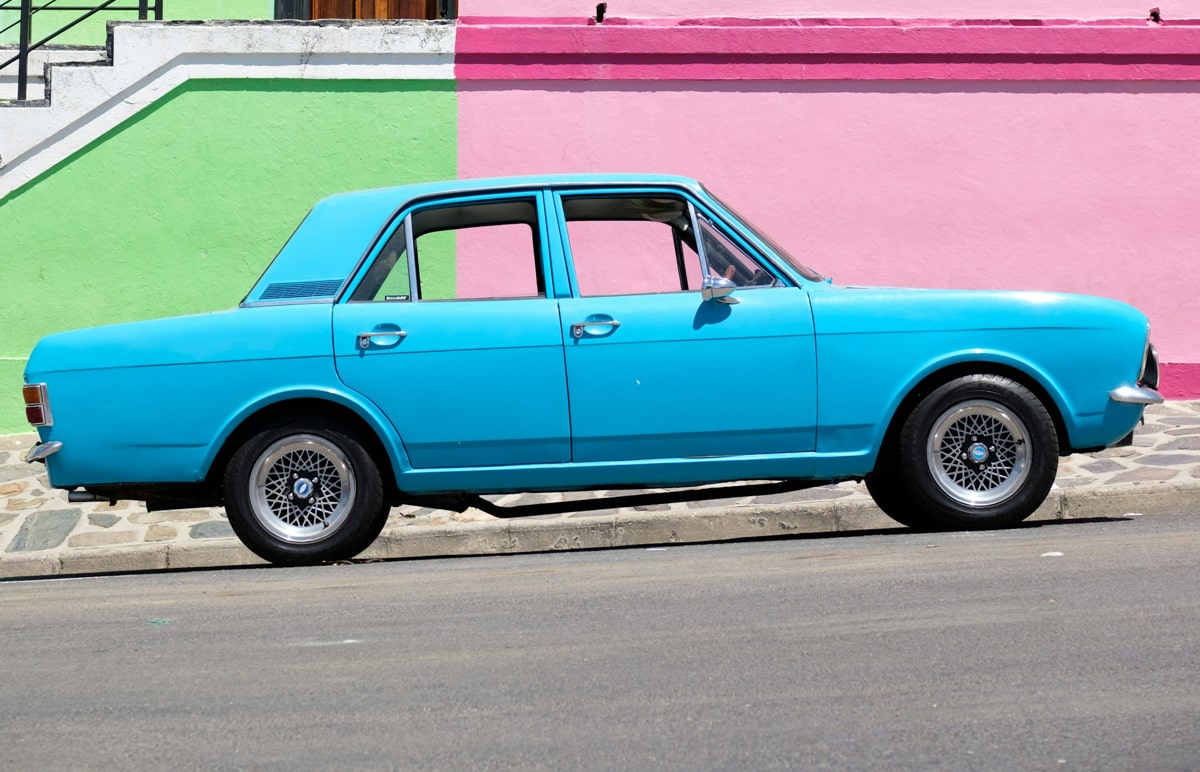
There’s more to selecting the perfect car color than just your preferred hue. It entails taking into account how your automobile’s color complements your personality, way of life, and the useful features of car upkeep and use. This section offers crucial advice to assist you in selecting the ideal color, regardless of your preference for a strikingly vibrant color that draws attention or a more muted shade that complements a professional image.
Personal Taste Your personality is reflected in your automobile. Vibrant hues like red or yellow may appeal to someone who wishes to stand out in a crowd. On the other hand, traditional hues like black, white, silver, or gray could work better if you want a more subdued elegance. Select a color for your car that brings you personal fulfillment and consider what you want it to say about you.
Maintenance When it comes to grime and scratches, certain colors are more forgiving than others are; while, others require more regular cleaning. Dark hues, such deep blue and black, are more likely to exhibit smudges, scratches, and grime, so cleaning them more frequently is necessary to keep them looking flawless. Conversely, bright hues like silver and white tend to require less regular detailing and also do a better job of hiding dirt.
Heat Absorption If you reside in a warm region, it’s important to take into account how your car’s color affects the inside temperature. Colors that are dark tend to absorb more heat, creating a hotter interior that may make you rely more on the air conditioner on hot days. Lighter colors are better at reflecting sunlight, which helps keep your car cooler and may also cut down on the amount of air conditioning you run, which can save you gasoline.
Cost It’s crucial to keep in mind that certain hues could be more expensive. Manufacturers frequently impose additional fees for specific colors, particularly metallic or unusual shades. A pearl white finish, for instance, might be more expensive than a regular white. Be sure to account for these possible out-of-pocket expenses when planning your new automobile budget.
Resale Value In general, neutral colors like white, black, silver, and gray have higher resale prices. When the time comes to sell or trade in your car, a larger pool of potential purchasers will be drawn to these color combinations. Although some purchasers might find more unusual hues appealing, they might not sell as quickly or for as much money.
Achieving the ideal car color requires striking a balance between practicality, personal flair, and cost. You can select a color that not only looks fantastic but also works well with your lifestyle and budget by taking the time to think about how each component connects to your requirements and preferences.

Selecting the ideal vehicle color is a striking method to show off your unique style and improve your relationship with your car in general. Knowing the effect of your decision is important regardless of whether you choose the stunning boldness of darker hues or the timeless elegance of lighter hues. In addition to expressing your sense of style, the color you decide on has a big impact on your automobile ownership experience, affecting everything from resale value to maintenance requirements.
You should receive transportation services that are as dependable and high-quality as the vehicle you have chosen. Renowned for its dedication to quality and client happiness is Ship A Car, Inc. Ship A Car, Inc. is a well-regarded auto shipping company that provides trustworthy transportation for both regular and luxury cars, even when they are in mint condition. Our knowledgeable consultants are always available to help, making sure your vehicle gets to its destination quickly and safely. Please don’t hesitate to contact us at (866) 821-4555 to arrange for car shipping.
Q: What color of car is the most visible and safest for driving?
A: It is commonly accepted that lighter colors, such as white, are safer because they provide better visibility.
Q: What impact does the color of an automobile have on its resale value?
A: Generally speaking, neutral hues such as white and black are better capable of retaining their value and are simpler to sell.
Q: Are vehicles of any color able to be transported by Ship A Car, Inc.?
A: The answer is yes; Ship A Car, Inc. is able to transport autos of any color while maintaining the same level of care and quality they have always provided.




